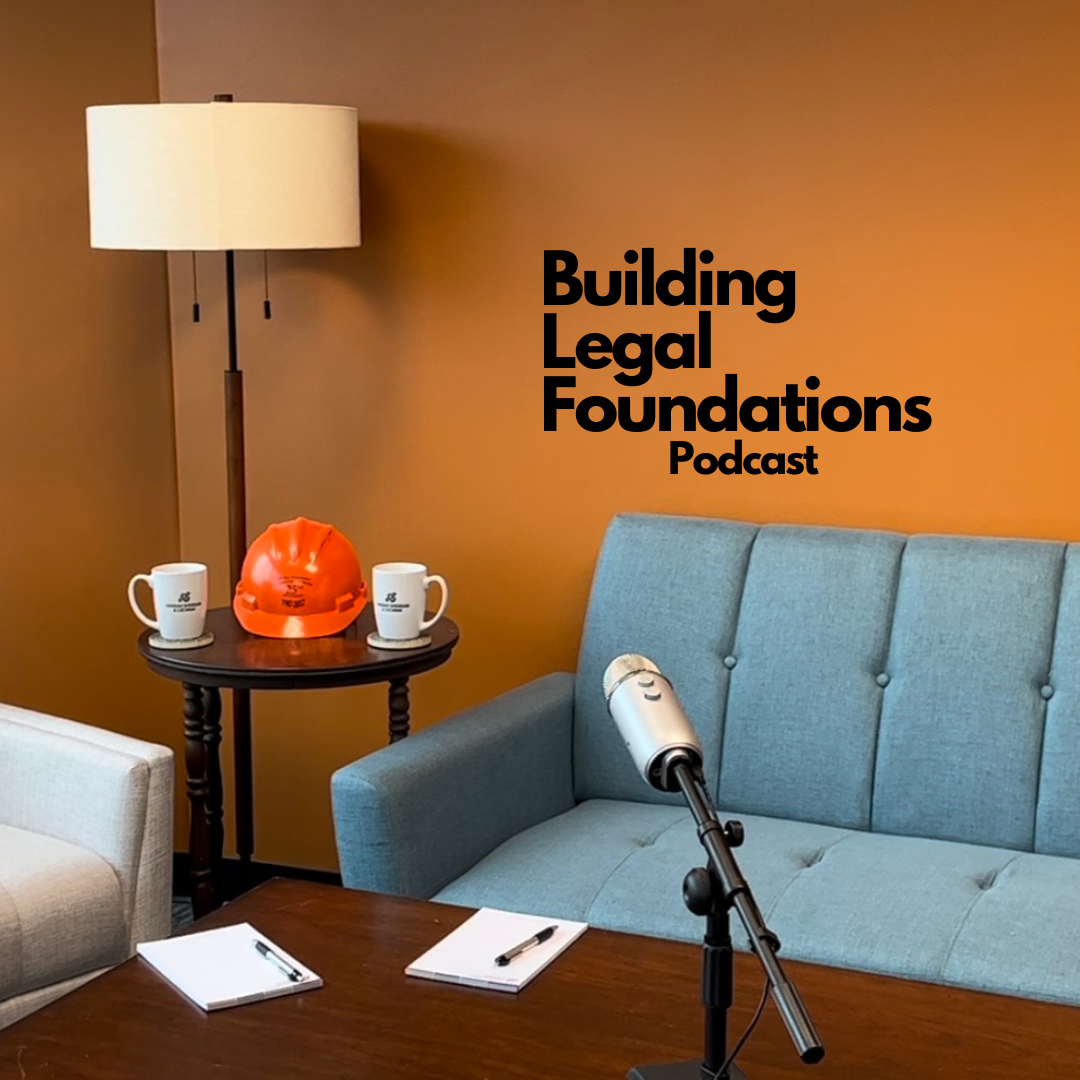Hannah Sheridan & Cochran's own podcast, previously available via Spotify, is now available to listen…

Debtor-In-Possession Sale Of Assets: How Does That Work?
Recently, we have seen a new trend developing and it seems worth discussing in case it continues. Subcontractors and contractors with plenty of work on the books are finding themselves using Chapter 11 to stave off one aggressive creditor.
In one example, the debtor is clearly solvent, but involved in ongoing litigation the outcome of which could result in insolvency. In order to protect its vendors and subcontractors, the debtor sought Chapter 11 protection. Now, the debtor’s principal has decided that selling the assets makes more sense to him, so a motion has been filed to allow the assets to be sold with certain guarantees that enough will be recovered as a result of the sale to pay all creditors – secured, administrative, and unsecured.
In a second example, a bank called a line of credit. No one appears to be quite certain why the line of credit was called on a thriving business, but it is suspected that after a series of mergers, the new bank may have had different collateral criteria than its predecessor. Whatever the reason, the book of business held by the debtor was attractive to an investor/competitor, so a motion has been filed to permit the sale of the debtor’s assets.
What will a judge consider in determining whether to grant this type of motion? First and foremost will be who gains and who loses as a result of the transaction? Though it often does not seem this way, bankruptcy court exists to oversee the fair treatment of creditors while protecting debtors. Therefore, the court will look carefully to ensure that the debtor is not trying to use the bankruptcy court to unfairly circumvent a debt. The court will also seek to ensure that unsecured creditors receive no less than they would if the bankruptcy was converted to a Chapter 7 and the estate liquidated. If the debtor will survive by an infusion of cash, then the court will seek to confirm that the new investor does not benefit at the expense of existing creditors.
In the first of the two examples above, the court asked a lot of questions and ultimately permitted the sale via auction, but sought to make certain that there was no back room deal which might impact the fairness of the transaction. This debtor was solidly solvent at the time of the filing but was concerned that an adverse verdict in a state court action could make it insolvent. Using the Bankruptcy Code, the plan is to make certain all existing creditors are paid in full. If the state court action does result in an adverse verdict, then the amount recoverable by an insider’s estate will be finite.
In the second example, the motion has just been filed, so the outcome is yet to be determined. The proposed asset purchase agreement appears to suggest that certain creditors may be treated differently from other similarly situated creditors. If that is the case, there is serious doubt that the court will allow the sale.
So, what is the take-away from events that a creditor cannot outright control? Stay involved when one of your customers files a Chapter 11. Being active and involved on the front-end can put you in the best position if one of these transactions should rear its head.


